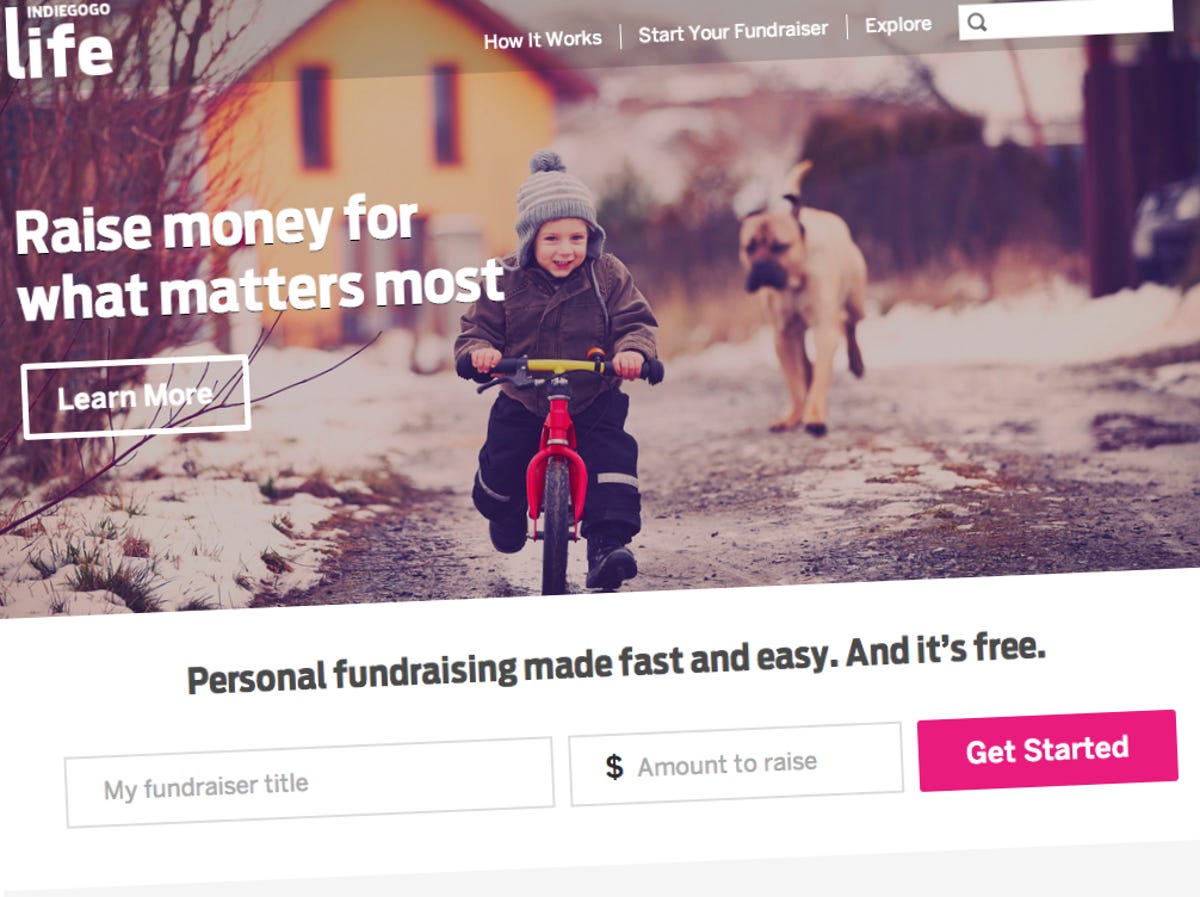
Indiegogo
More of your money is set to go to good causes as Indiegogo cuts fees. The popular crowdfunding site has removed fees for when you’re raising cash for emergencies, sports, volunteer efforts and other worthy causes.
Indiegogo is, along with Kickstarter, one of the sites at the leading edge of the crowdfunding movement. It involves collecting donations from the public to develop your project. From small companies and inventors seeking backing for their innovative ideas — like the Pebble watch — to writers and artists looking for help in producing their book, comic or film, crowdfunding campaigns invite the public to contribute in return for “perks” such as a share of the finished product, merchandise or a credit. But in some cases, donations are invited for more altruistic purposes as people seek to raise money for a good cause.
10 gadgets that grabbed the most Kickstarter bucks (pictures)






Putting the fun in funding
- Gadget Kickstarters (and one Indiegogo) that raised millions
- Indiegogo co-founder: ‘We’ve made failure more efficient’ (Q&A)
- Indiegogo tries out ‘crowdfunding insurance’ for failed projects
- Richard Branson: I would have started my businesses with Indiegogo
- Kickended: Where $0 failed Kickstarters go to die
The new Indiegogo Life section of the site is specifically focused on raising money for causes like this. It’s divided into campaigns focused on medical needs, emergencies, celebrations, memorials, pets and animals, faith, sports, volunteer efforts, and education.
Anyone in the world can use the crowdfunding site, although your total will be displayed in US dollars. Indiegogo promises quick set-up, access to one-to-one customer support and, best of all, no platform fees whatsoever. That means as a fundraiser you get to keep every red cent of the money donated.
In the case of campaigns that aren’t good causes, Indiegogo takes a fee of 4 percent for providing the money-raising platform. That’s if you hit your target; if you don’t hit the target you don’t get any of the money pledged but you’re not charged by Indiegogo either. Alternatively if you don’t set a target you can keep all the money pledged, minus a 9 percent cut for Indiegogo.
Indiegogo was launched in 2008 at the Sundance Film Festival by Danae Ringelmann, Slava Rubin, and Eric Schell and now has around nine million visitors a month. The highest amount raised was by Canonical for the proposed Ubuntu Edge smartphone, which saw phone fans stump up $12.8m. That campaign never materialised however, because it fell short of the eye-watering $32m target.
More successful campaigns include a proposed museum dedicated to electricity pioneer Nikola Tesla, which raised $1.3m.
10 super-wacky crowdfunding ideas (pictures)










